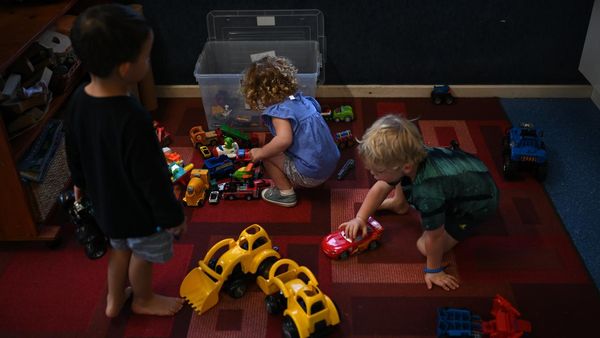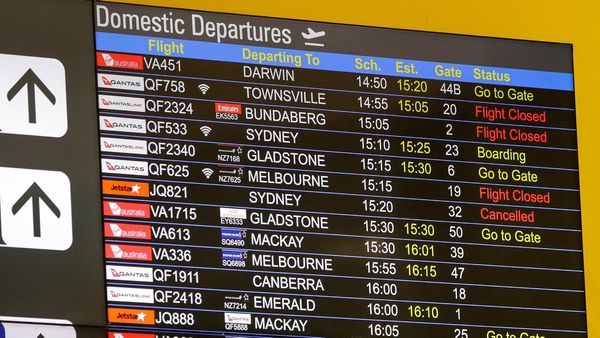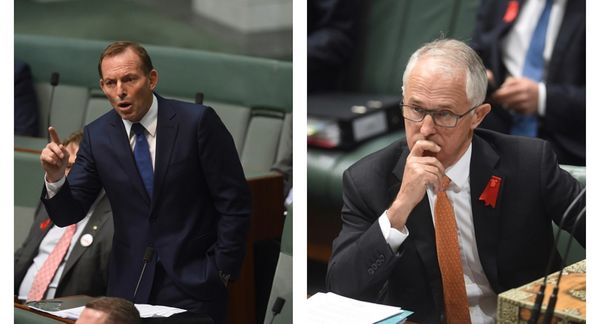
The Albanese government has been warned not to make childcare subsidies more generous without first fixing the market rules to put downward pressure on prices.
In its final report on the sector, the Australian Competition and Consumer Commission found that increases in subsidies have helped families afford childcare – for now at least – despite a rise in prices eroding some of the benefit.
So what does the ACCC say about whether families are getting a good deal and what needs to be done now to ensure good care at an affordable price?
What did Labor promise?
Labor’s cheaper childcare legislation, promised in Anthony Albanese’s 2020 budget reply and passed in November 2022, lifted subsidy rates for 97% of families who earn less than $530,000.
Labor also promised it would ask the ACCC to “design a price regulation mechanism to drive out-of-pocket costs down for good” and a separate review by the productivity commission “with the aim of implementing a universal 90% subsidy for all families”.
Childcare subsidies worked – for now
Last week, Albanese boasted the package has achieved “a double-digit reduction in the costs of childcare for working families”.
The ACCC’s final report, released on Monday, confirms that, finding the package “reduced out-of-pocket expense for centre based day care by 11% on average between June and September 2023”.
But it also found “childcare fees across all services have grown faster than inflation and wages since the introduction of the subsidy”.
“Affordability benefits are also unlikely to endure. Historically, when subsidies have been increased, out-of-pocket expenses decline initially, but then revert to higher levels.
“This is because subsequent fee increases erode some of the intended benefit for households over time.”
How does the ACCC propose to keep costs down?
The ACCC has not recommended a “one-size-fits-all” solution; instead, it has proposed a mix of different regulatory measures and government support.
The lever to keep prices down depends on whether families live in areas that are adequately served, underserved or unserved by childcare providers.
These solutions include:
For adequately served markets: “indirect” price controls.
For underserved markets: some supply-side funding, such as paying providers to operate in otherwise unprofitable areas, alongside price controls.
For unserved markets: supply-side funding and possible government provision of childcare.
What can be done beyond indirect price controls?
Australia currently has indirect price controls, in which the government specifies the maximum amount it will pay for each hour or day of care, but households may be charged higher fees.
The ACCC found 41% of large for-profit centre-based daycare services charge about the specific amount.
The ACCC’s chair, Gina Cass-Gottlieb, told Guardian Australia it had recommended “more active monitoring and calling out of outliers charging well above the rate cap” – a “name and shame” approach which the education minister, Jason Clare, endorsed in October.
Cass-Gottlieb noted that some states require preschool operators to “substantiate that their costs have moved” before they increase prices.
The hourly rate cap could be indexed to “more closely reflect the input costs” – so when the cost of staff go up, so does the subsidy, she said.
Should fees be capped?
In its interim report the ACCC suggested direct price controls – limiting prices and price increases – may be necessary.
The final report found that there are “challenges and risks associated with direct price controls”, including lowering quality or pushing providers out of the sector.
Direct price controls may only be necessary in “specific situations that would warrant this degree of control”, including where the government is subsidising childcare providers in an underserved or unserved market.
“It could also include a situation where the Australian government significantly changes policy to make subsidies substantially more generous (such as a 90% universal subsidy).”
The report warned a universal 90% subsidy would “reduce the limited incentive” to choose providers based on price, because the household would pay “only a very small part of the price”.
“This reduces the extent to which competition can provide downward pressure on gross fees, which in turn impacts government expenditure.”
What has Labor said?
The early childhood education minister, Anne Aly, said the report makes clear that “some form of intervention is going to be needed”.
“The market is not working for every child.”










